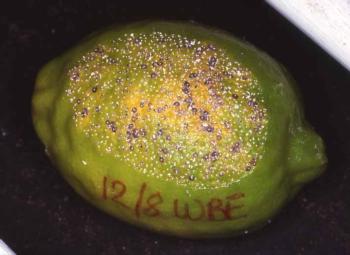Citrus
152 - Microbial Community Profiling in the Context of Citrus Phenologyof
Principal Investigator: Caroline Roper, Assistant Professor and Assistant Plant Pathologist, University of California, Riverside.
Next generation amplicon sequencing technologies have allowed us to characterize plant microbiomes at a much larger scale than ever before. Because of this, we now have a much better understanding of the composition of plant-associated microbiomes in the context of which organisms are there. The next frontier is to understand what role those native citrus microbes play in plant health and disease outcomes. The study proposed here will be a baseline study to determine the microbial communities associated with California citrus at the tissue niche level and how these communities fluctuate (or remain stable) over the different phenological stages of citrus. This information will have two outcomes. The first will be a framework from where we can begin to understand the role specific microbes or groups of microbes play in citrus health and development. The second will be a comprehensive characterization of the California citrus microbiome before (and if) citrus Huanglonbing (HLB) disease becomes established in the state.
148 - Neonicotinoid Uptake in Containerized Citrus
Principal Investigator: Dr. Frank J. Byrne, Assoc. Res. Entomologist, University of California, Riverside.
The project will examine the uptake of imidacloprid, dinotefuran and thiamethoxam into 4 varieties of citrus grown in containers. We require Lindcove to prepare the trees for this research study. The treatment and monitoring of uptake will occur at UCR. The data generated from this study will determine the minimum time interval after treatment when trees may be shipped from the production facility to a retail outlet. By establishing this time interval, we will ensure that trees are protected from potential infestation by Asian Citrus Psyllid
145 - Citrus Sensory Quality and Consumer Acceptance
Principal Investigator: Dr. Jean-Xavier Guinard, Professor and Sensory Scientist for Food Science and Technology, University of California Davis.
This research will build and expand on the sensory and consumer testing methodologies we developed, and the knowledge we generated regarding California consumers' preferences, knowledge, attitudes and beliefs about oranges and mandarins in Year 1 of our CRB project on citrus sensory quality and consumer acceptance. In Year 2, we will add flavor chemistry, flavoromics, genomics and metabolomics to the set of tools used to characterize the oranges and mandarins examined in the research, and we will start optimizing sensory quality and other fruit characteristics through the selection of varieties, the use of experimental designs and the manipulation of horticultural and post-harvest variables, both at the Lindcove Station and with select commercial partners. Finally, we will lay out the groundwork for the investigation of the effects of the microbiome on fruit quality in Year 3. This is an interdisciplinary and collaborative project that will enlist expertise and resources from several universities, UC's Lindcove Station and citrus growers and packers.
144 - Evaluating Cropfume for Bean Thrips Control
Principal Investigator: Dr. Sandipa Gautam, Department of Entomology, University of California Riverside
Bean thrips (Caliothrips fasciatus), native to USA, is a pest of export significance to the citrus industry because this species overwinters in the navel of navel oranges. For controlling bean thrips destined to Australian markets, the California industry practices a system’s approach and fumigation with cropfume after harvest is a final step in the process. However, regular interceptions of bean thrips by Australian authorities seems to suggest that current recommended parameters for cropfume fumigation based on Dr. Morse’s research trials from 2008-2011 are not fully effective and need to be re-evaluated. The research trials simulating a commercial packinghouse setting are particularly challenging because of the lack of facilities dedicated for conducting such trials. This project proposes to modify and use a cold storage room at Lindcove Research and Extension Center for cropfume fumigation and dedicate it for fumigation research. The first trials at this modified facility will be to compare the efficacy of one vs two applications of cropfume recommended for controlling bean thrips in navel oranges.
135 - Assessing Factors Influencing Post Harvest Mandarin Flavor
Mandarins are a small but growing component of the California citrus industry yet often lose flavor quality while in storage. Our prior work has demonstrated ways to minimize this flavor problem but we have not been able to completely prevent it under all circumstances. Previous research by our group also found that there is a lot of diversity between different mandarin varieties in the accumulation of ethanol and other off-flavor compounds during storage that are likely responsible for flavor quality decline. We propose to utilize this diversity and study why some varieties differ in the amounts of these compounds accumulated and attempt to find key differences that could be used in the development of new storage-tolerant mandarin varieties. This work will involve examining anatomical, biochemical and molecular mechanisms potentially involved in off-flavor development.
126 - Citrus Pre-harvest Microbial Safety
Principal Investigator: Dr. Trevor Suslow, Department of Plant Sciences, University of California Davis
The purpose of this field study is to develop the first baseline information of predicted pre-harvest survival of nonpathogenic bacteria (generic E. coli and Pseudomonas fluorescens) and an attenuated isolate of Salmonella as surrogates of human bacterial pathogens on navel and Valencia oranges under California conditions. Regardless of the perceived low risk position for many tree fruit, such as citrus, it is clear that pressure to adopt standards and ‘metrics’ of Commodity-Specific Guidance and Audit Criteria by other sectors of the produce industry is increasing. At the request of the California Citrus Quality Council and California Citrus Research Board, we have become engaged in a proactive effort to characterize the microbial food safety Risk Profile for California citrus within an initial specific priority food safety objective as follows;
- Determine the persistence of pathogen surrogates on citrus fruit, predominantly navel oranges, during the California harvest season at the UC Lindcove Research and Extension Center (LREC) experimental orchards.
The primary immediate goal is to develop risk assessment information for survival post-contamination in pre-harvest phases under open environment conditions to assist in current dialogue with the USFDA during produce safety rule-making.
093 - Cold Hardy Mandarins and Clementines in Northern California
Principal Investigator: Deborah Giraud, University of California Cooperative Extension Farm Advisor, Del Norte County
Trees of cold hardy mandarin varieties will be planted at several small mixed farms in Humboldt County in the inland valleys where peaches, grapes and kiwi are currently successful. Olives are also being planted as a new crop. Growers are interested in exploring diversification and have started to plant mandarin varieties. The Farm Advisor is interested in cold hardy citrus varieties to be able to make science-based recommendations and in maintaining citrus germplasm in isolated areas far from disease sources.
092 - Assessement of Systemic Neonicotinoid Insecticides for Management of Asian Citrus Psyllid
Principal Investigator: Dr. Frank Byrne, Department of Entomology, University of California, Riverside
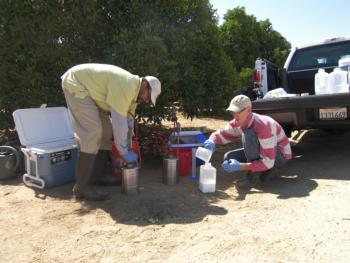
090 - Mandarin Pest Management
Principal Investigator: Beth Grafton-Cardwell, Department of Entomology, University of California, Riverside and Director of Lindcove Research and Extension Center
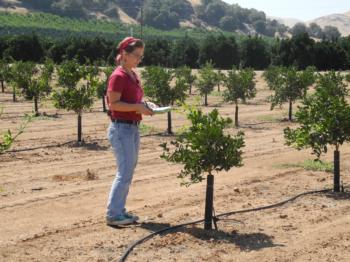
088 - Assessment of Mandarin Varieties
Principal Investigator: Dr. Mikeal Roose, Botany and Plant Sciences, University of California, Riverside
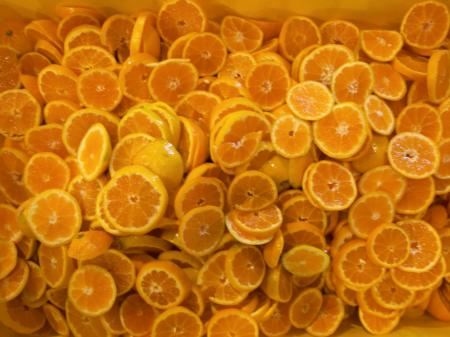
083 - Compatibility of Fukomoto Navel on Trifoliate
Principal Investigator: Dr. Mikeal Roose, Botany and Plant Sciences, University of California, Riverside
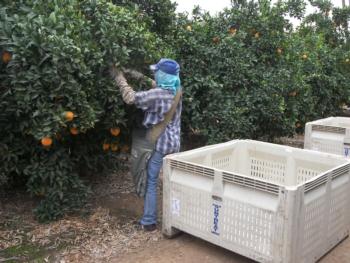
076 - Insecticide Trials for Citrus Pests
Principal Investigator: Dr. Beth Grafton-Cardwell, Department of Entomology, University of California Riverside and Director of the Lindcove Research and Extension Center
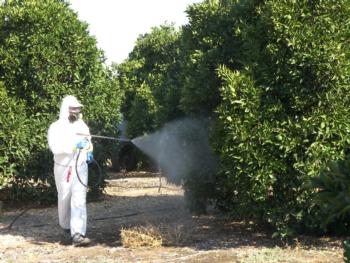
053 - Lane Late Navel Rootstock Trial
Principal Investigator: Dr. Mikeal Roose, Department of Botany and Plant Sciences, University of California Riverside
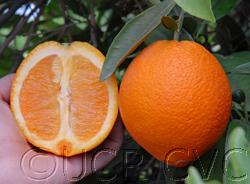
046 - Greenhouse and Rootstocks for Citrus IPM Research
Principal Investigator: Dr. Beth Grafton-Cardwell, Department of Entomology, University of California Riverside, and Director of the Lindcove Research and Extension Center
